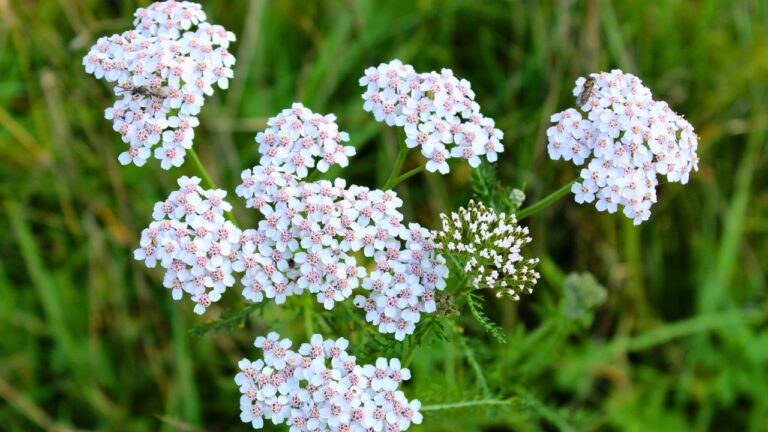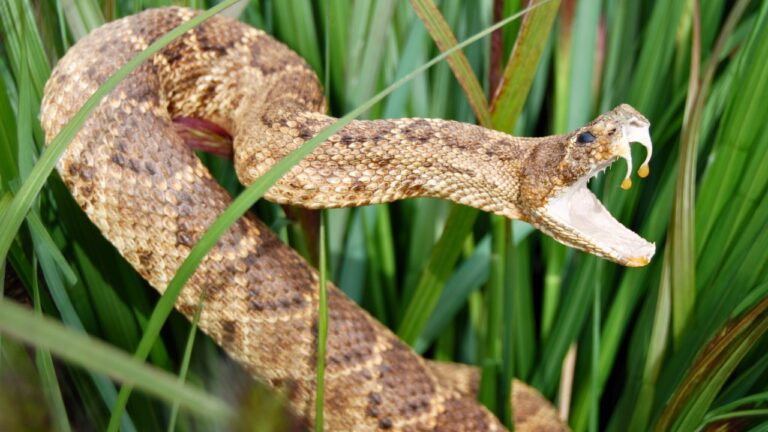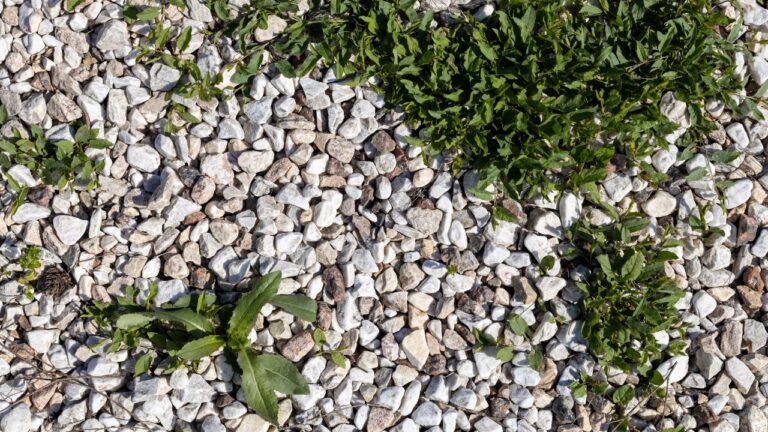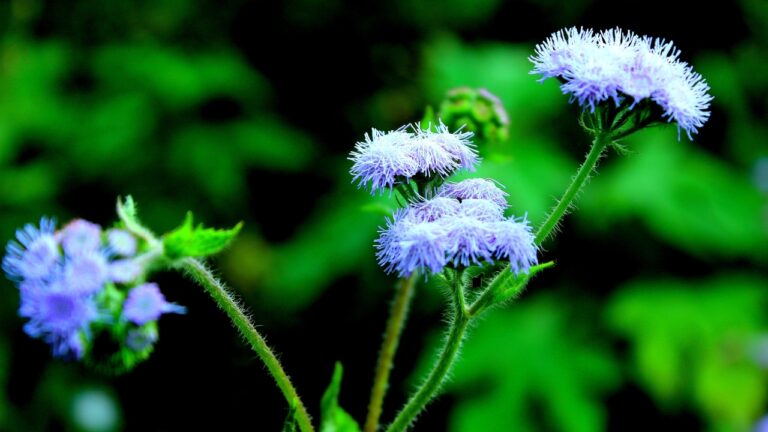Autumn brings cooler weather, pumpkin spice everything, and, of course, fallen leaves carpeting the lawn. Like many homeowners, I used to think mulching these leaves was the perfect way to feed my yard. It seemed like a win-win—get rid of the leaves and give back to the soil. But after a few seasons of experimenting, I’ve realized it’s not always the magic solution it’s cracked up to be. Let me share why I’ve started rethinking my approach to fall leaves.
Mulching Gone Wrong: When Leaves Hurt Your Lawn
The idea of mulching leaves sounds simple enough—shred them up and let nature do its thing. But if you’re not careful, it can backfire. One big mistake is leaving the shredded leaves too thick on the grass. If the layer gets too dense, it blocks sunlight and traps moisture. I’ve seen this firsthand: my grass turned yellow and patchy in some spots because it couldn’t breathe under the heavy leaf cover.
Another problem is when leaves don’t break down quickly. If they’re only partially shredded or too wet, they can clump together, creating the perfect breeding ground for fungus. This can bring pests along for the ride. One year, I noticed more ants and beetles than usual hiding in the leaves, and even a couple of rodents took up residence! Needless to say, I’ve learned that a little extra effort up front saves a lot of hassle later.
Not All Leaves Are Equal
One thing I’ve come to appreciate as a gardener is that not all leaves are created equal. Pine needles, for example, are a whole different ball game. Their tough texture and waxy coating make them stubborn to break down, even after shredding. They just sat there on my lawn like unwelcome guests, smothering the grass instead of nourishing it.
Broad leaves like maple or sycamore can also be tricky. While they’re easier to shred than pine needles, their size and thickness mean they can still take a long time to decompose. One fall, I mulched a mix of pine needles and broad leaves, thinking it would all break down nicely. Spoiler alert: it didn’t. I ended up raking and bagging the pine needles separately later, doubling my work.
The Tools (and Time) You’ll Need
If you’re going to mulch leaves, having the right equipment makes all the difference. A standard lawn mower won’t cut it—literally. Mulching mowers are designed to shred leaves into tiny pieces that decompose faster. If you don’t have one, you’ll need to invest in a mulching mower or a conversion kit for your current mower. I went the conversion kit route, which was cheaper, but it still took time to install and figure out.
Even with the right tools, mulching isn’t a one-and-done deal. Leaves don’t stop falling just because you’ve cleaned up once. You’ll need to stay on top of it throughout the season. One year, I got busy and let the leaves pile up for a couple of weeks. By the time I got to them, it was too much for my mower to handle, and I had to resort to raking. Lesson learned: consistency is key if you want mulching to work.
So, What’s the Verdict?
Don’t get me wrong, mulching can still be a great way to recycle leaves and enrich your soil. But it’s not as foolproof as it sounds. If you’re like me and take pride in your lawn, you’ll want to weigh the pros and cons before diving in. Sometimes, a good old-fashioned rake and a few yard waste bags are just easier—and better for your grass.
At the end of the day, it’s all about finding what works best for your yard. Whether you mulch, rake, or compost, a little planning and effort go a long way toward keeping your lawn healthy and happy through the fall and beyond.
*This article was created with the assistance of AI.






